“Truth is often a multiplicity of perspectives, and sometimes the more viewpoints and versions of events there are, the closer the reader gets to an overarching truth.”
– Susan Barker
We returned to p:ear again this week, to consider brains and contribute art to the colorful and evolving youth-built “Brain Garden” in Old Town Portland.
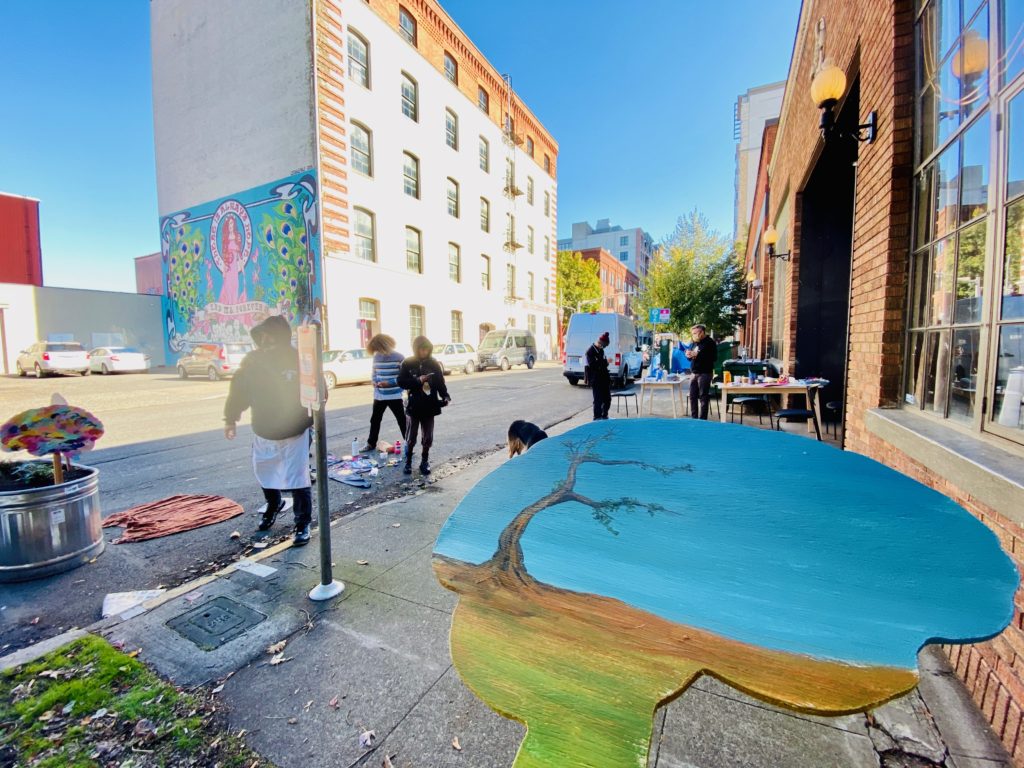
“To plant a garden is to believe in tomorrow.”
– Audrey Hepburn
LEARN MORE: A brain garden grows @ p:ear
COME VISIT: p:ear is at 338 NW 6th Ave, Portland, OR 97209. CLICK TO DONATE
We were joined by Michael Fleming, a Clinical Research Coordinator in the Department of Trauma at OHSU (and post-baccalaureate pre-med student at Portland State University), Jacob Schoen and Aaron Eisen from OHSU and the National University of Naturopathic Medicine, Kassidy Fitzgerald from Psychology at PSU, and Kyanite Griesar from Portland Community College.
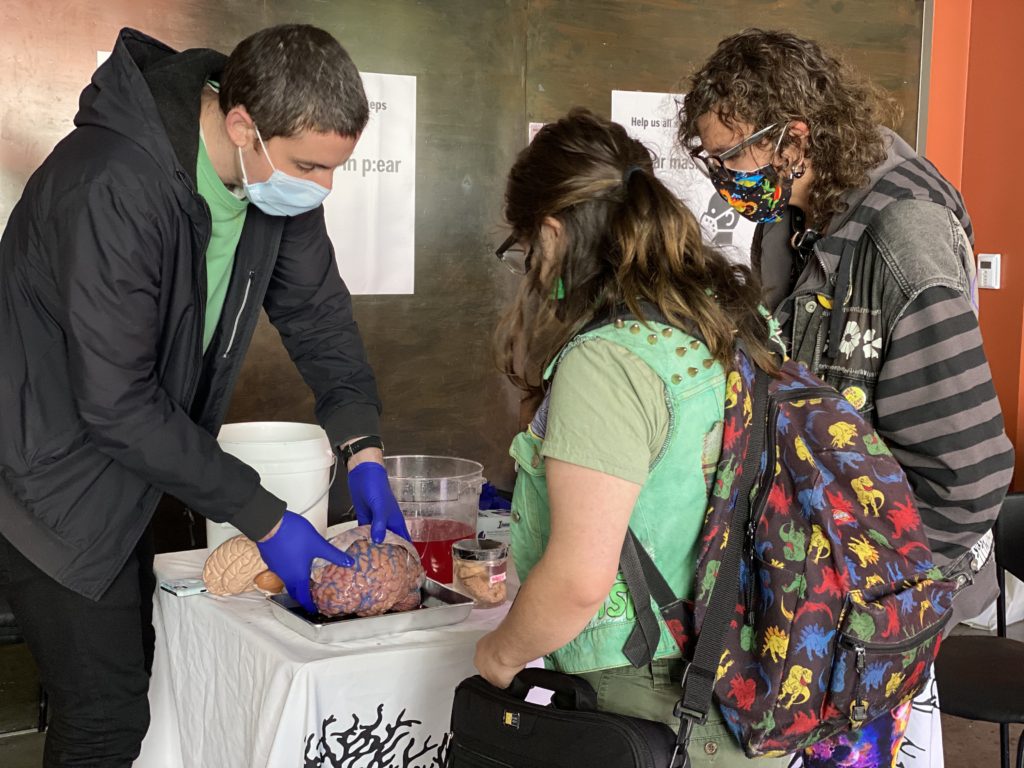

We are endlessly thankful to listen and talk brains with such phenomenal young people who face challenges that flow directly from our collective failure to care for each other and provide safe places to sleep.
LEARN MORE: Seeing us all through research & art
LEARN MORE: Billionaires’ wealth rises to $10.2 trillion amid Covid crisis
LEARN MORE: 8 million Americans slipped into poverty amid coronavirus pandemic, new study says
LEARN MORE: Donald Trump Barely Pays Any Taxes: Will Anyone Care?
LEARN MORE: How do we prevent another generation of homelessness?
LEARN MORE: Listening to testimony @ p:ear
LEARN MORE: Noggin @ p:ear
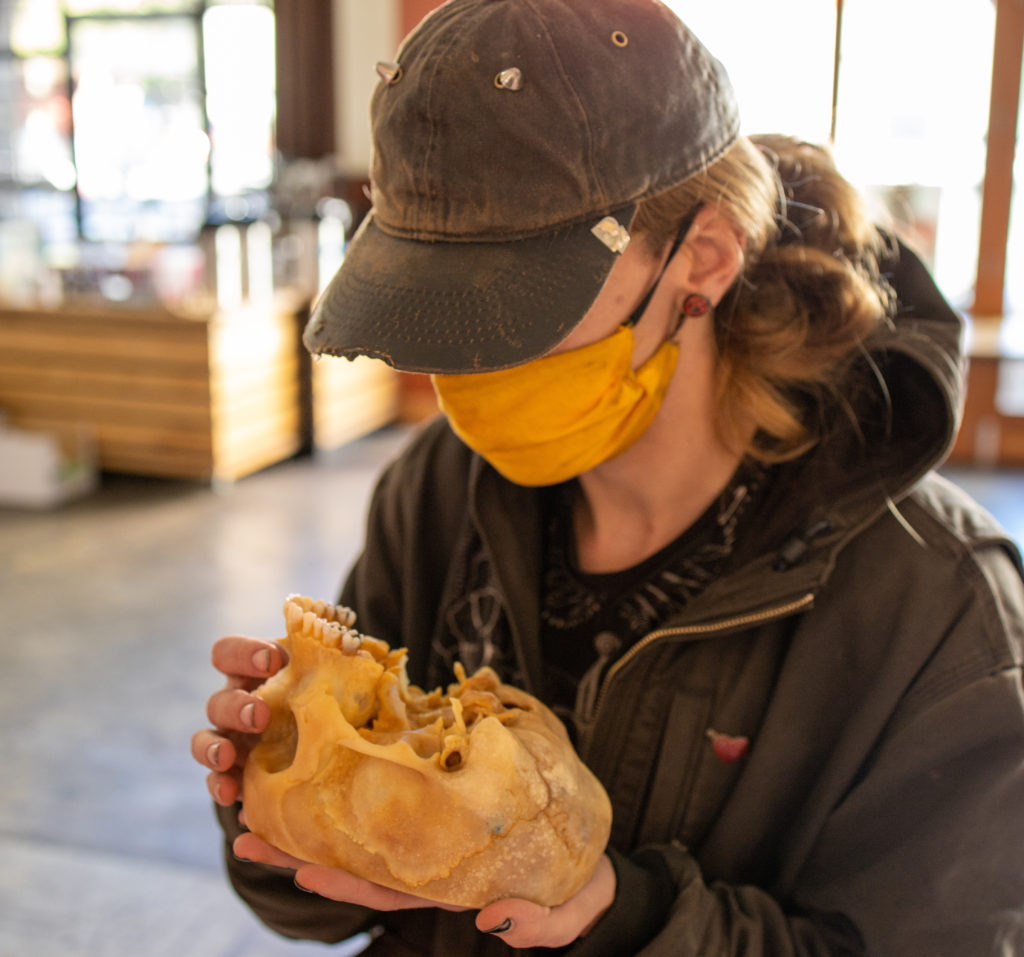
The insights offered are compelling.

And the trauma that too many experience from sleep deprivation, degraded outdoor air, staggering inequality, transit harassment, and police brutality and abuse is unconscionable – and growing worse.
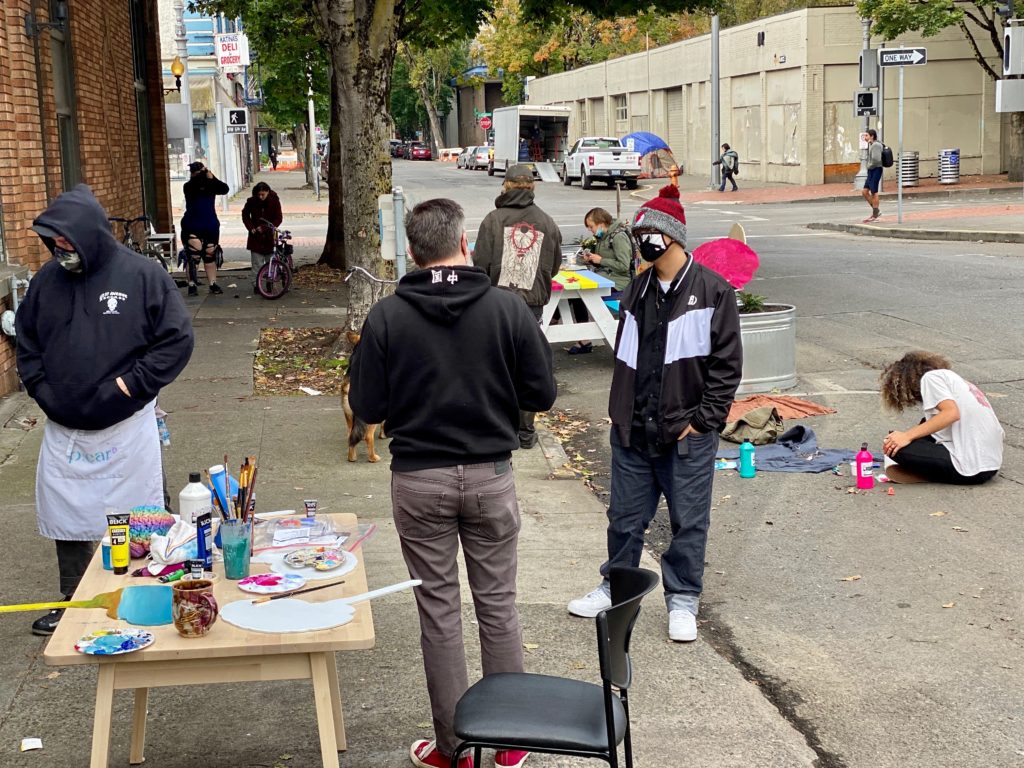
LEARN MORE: Trauma Among Unaccompanied Homeless Youth
LEARN MORE: Traumatic brain injury among people who are homeless
LEARN MORE: Sleep deprivation in an American homeless population
LEARN MORE: Portland’s houseless face health risks amidst toxic air, trouble accessing resources
LEARN MORE: Being there means something
LEARN MORE: Tackling Health Disparities for People Who Are Homeless? Start with Social Determinants

LEARN MORE: Homeless youth’s overwhelming health burden: A review of the literature
LEARN MORE: Emails Show Portland Businesses Wanted Homeless Meal Service Gone From a Downtown Park

LEARN MORE: More homelessness expected among K-12 students in Portland
LEARN MORE: Community colleges, students grapple with housing insecurity during the pandemic
LEARN MORE: PSU students struggle with housing, food insecurity
Brains filter

“It’s just too much – this whole world, so much we don’t get, all filtered through this wet and soggy lump of wrinkled protoplasm? That’s crazy!”
– Youth at p:ear
It is undeniably true that there is far more energy and other stimuli “out there” (and inside us) than we can detect with our limited, specialized sensory (or afferent) neurons, and that our perceptual, cognitive and behavioral networks form in response to individual experiences, structurally wiring the biases and heuristics we use to navigate a complex world.

We certainly do filter experiences through these wet, soggy, wrinkled, growing and living brains, and of course the bodies they inextricably inhabit – and at times, it can be overwhelming.

And not everyone has access to the same resources (housing, food, social support, healthcare, sleep), or gets treated the same way.

We filter through art, too.
“I keep my hands dirty
–Janelle Monáe
My mind clean
Got a new agenda
With a new dream
I’m kicking out the old regime
Liberation, elevation, education
America, you a lie
But the whole world ’bout to testify
I said, the whole world ’bout to testify
And the tables ’bout to
T-t-tables ’bout to turn”

And many technologies we use to study the brain, including functional magnetic resonance imaging (fMRI), which measures the increased blood flow in brain regions that are more synaptically active, or diffusion tensor imaging (DTI), which can trace our noggin’s wire-like axonal pathways (a.k.a., our white matter connections), also filter – providing selective, potentially useful information while excluding much more.
Sleep is so important
“Sometimes I hate my brain. When I haven’t slept, everything is darker.”
– Youth at p:ear
That is also deeply, genuinely insightful, and backed by neuroscience research.

“Contemporary research coalesces to indicate sleep deprivation increases negative affect and decreases positive affect. For example, sleep deprivation increases negative reactions to challenging life events and decreases positive reactions to pleasant events.”
– Kimberly A. Babson, Casey D. Trainor, Matthew T. Feldner, Heidemarie Blumenthal
LEARN MORE: Noggins in Nod: The science of sleep
LEARN MORE: Neuroticism, rumination, negative affect, and sleep
LEARN MORE: The Amygdala, Sleep Debt, Sleep Deprivation, and the Emotion of Anger – A Possible Connection?
LEARN MORE: Seeing us all through research & art
Art can help
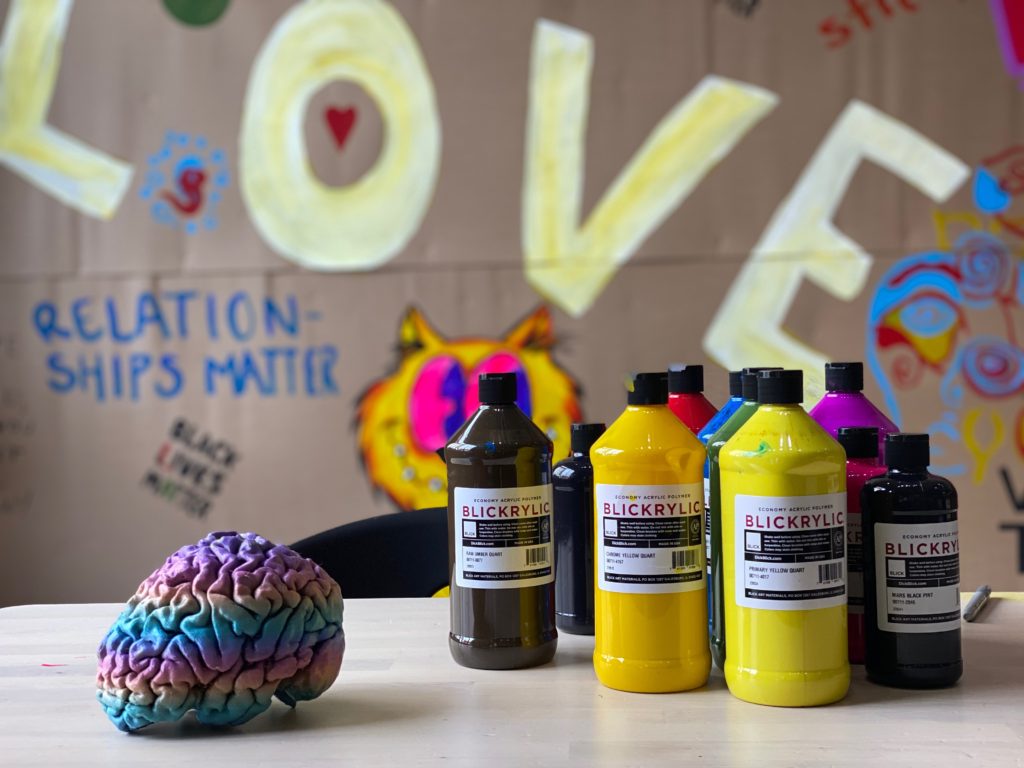
“I know that when I finish a drawing, my anxiety level decreases. When I draw it means that something bothers me, but I don’t know what it is. So it is the treatment of anxiety.”
– Louise Bourgeois
While it doesn’t directly address social determinants of health, provide affordable housing, or eradicate structural racism, police brutality or the limited filtering of wealth-insulated brains, art and art making can have powerful beneficial effects.
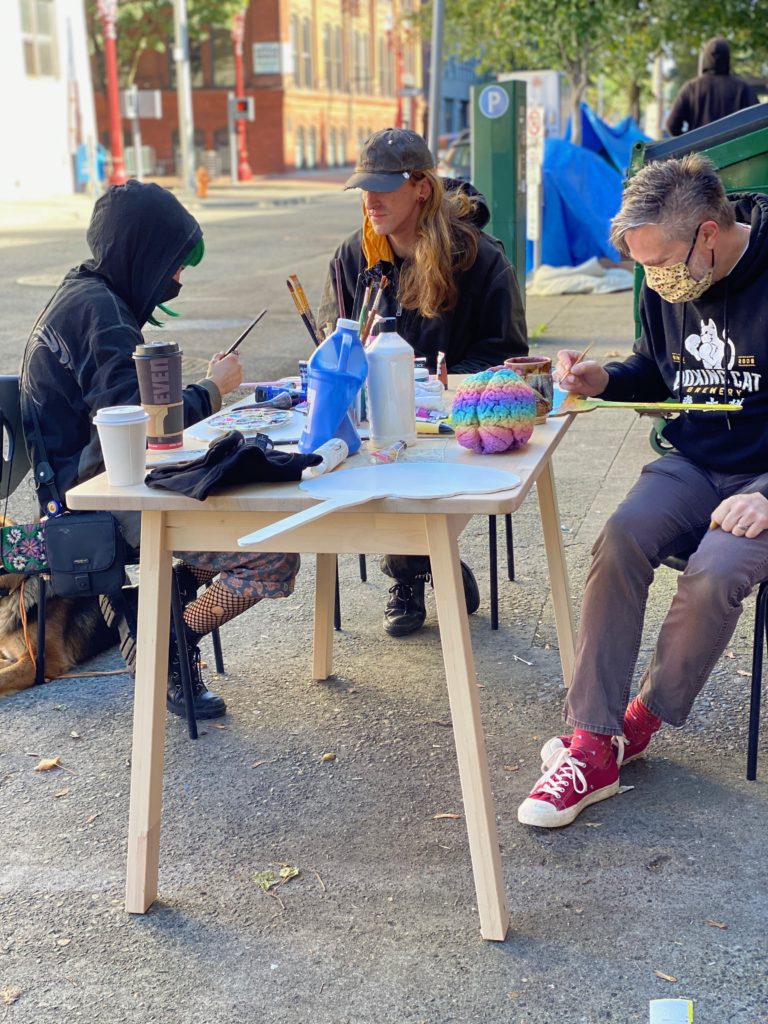
LEARN MORE: The meaning of art to people who use mental health services
LEARN MORE: Your Brain on Art: The Case for Neuroaesthetics
LEARN MORE: Your Aesthetic Brain: A Growing Case for the Arts
LEARN MORE: Anxiety reduction through art therapy in women
LEARN MORE: Acceptance of Anxiety through Art Therapy


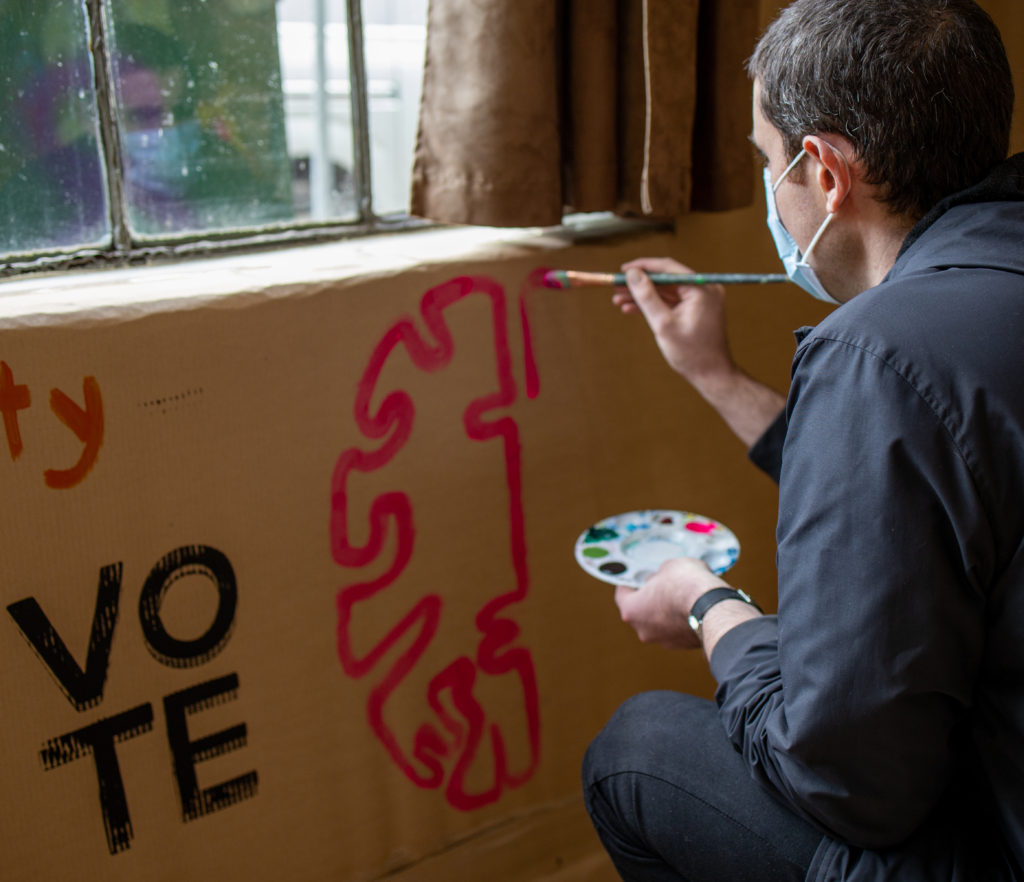


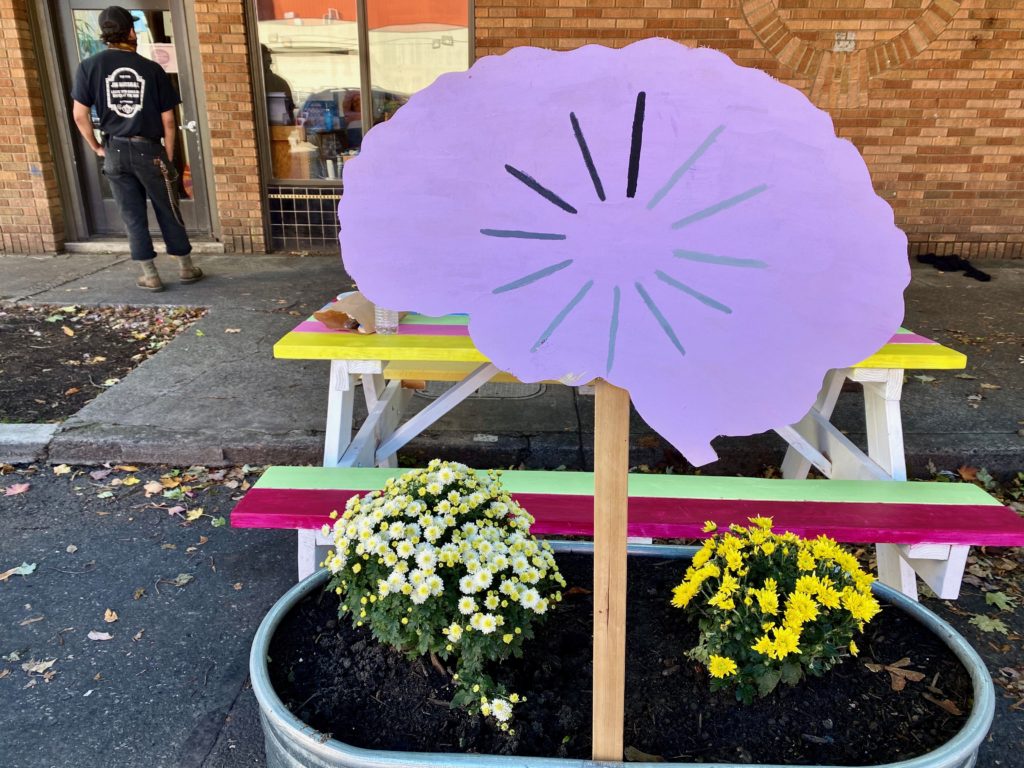

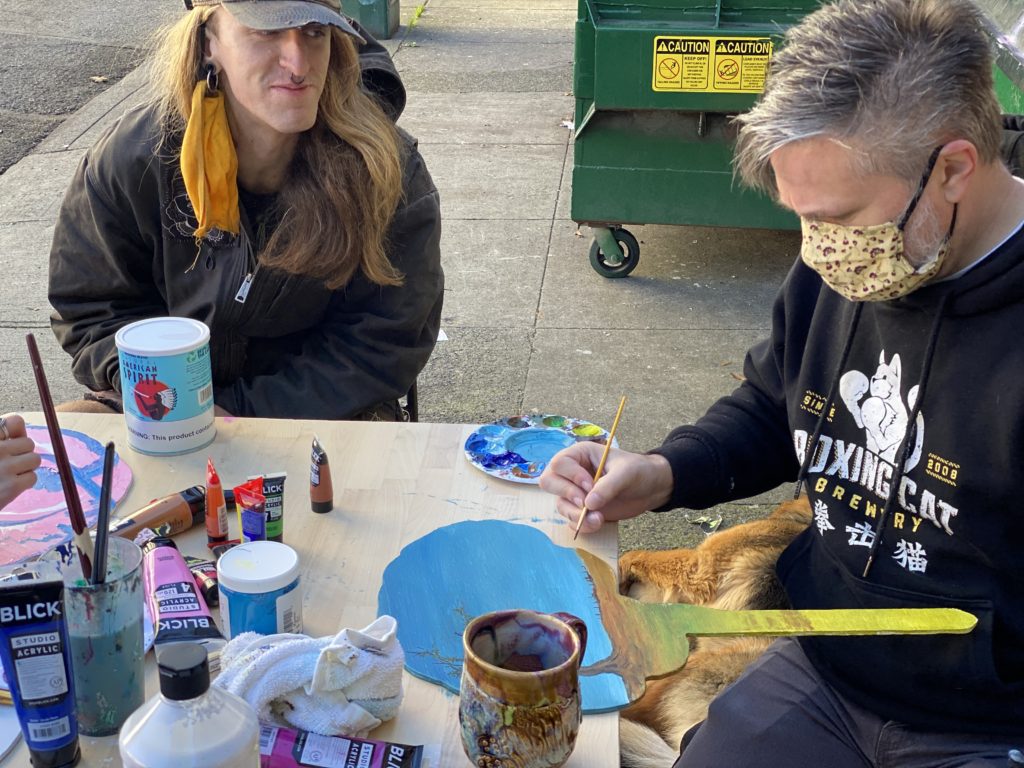
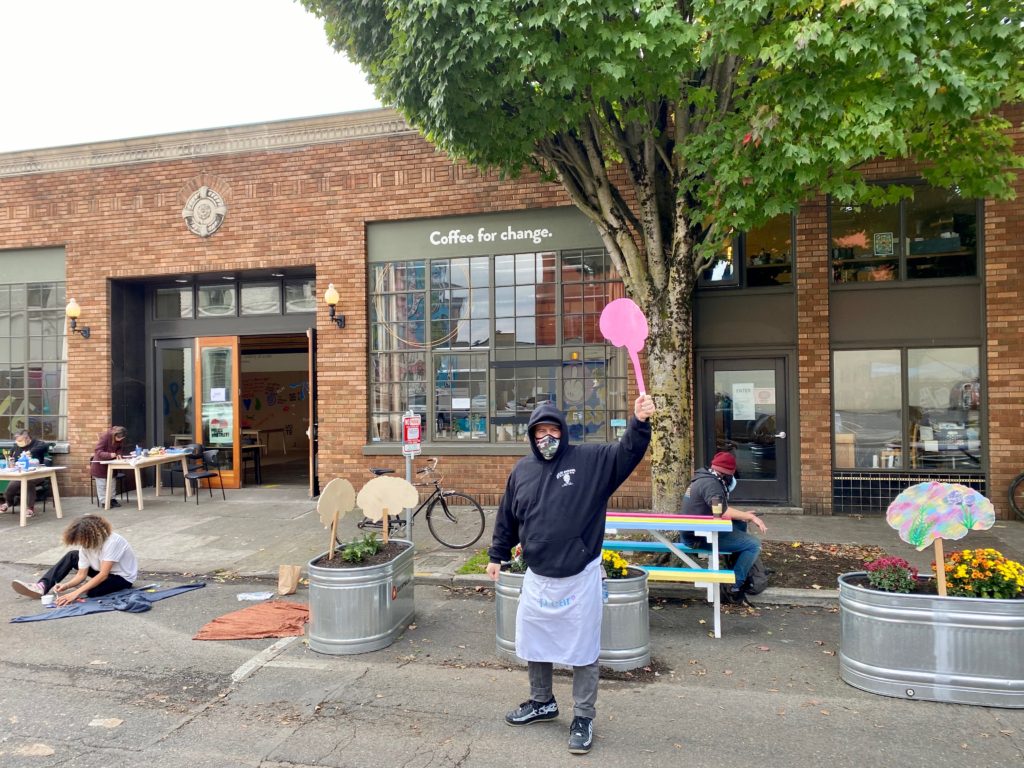

A shocking pandemic adjustment
NW Noggin Resource Council member for Communications Aaron Eisen brought along an UPDATED Human to Human Interface from Backyard Brains, which he’d modified to keep participants over 6 feet apart!
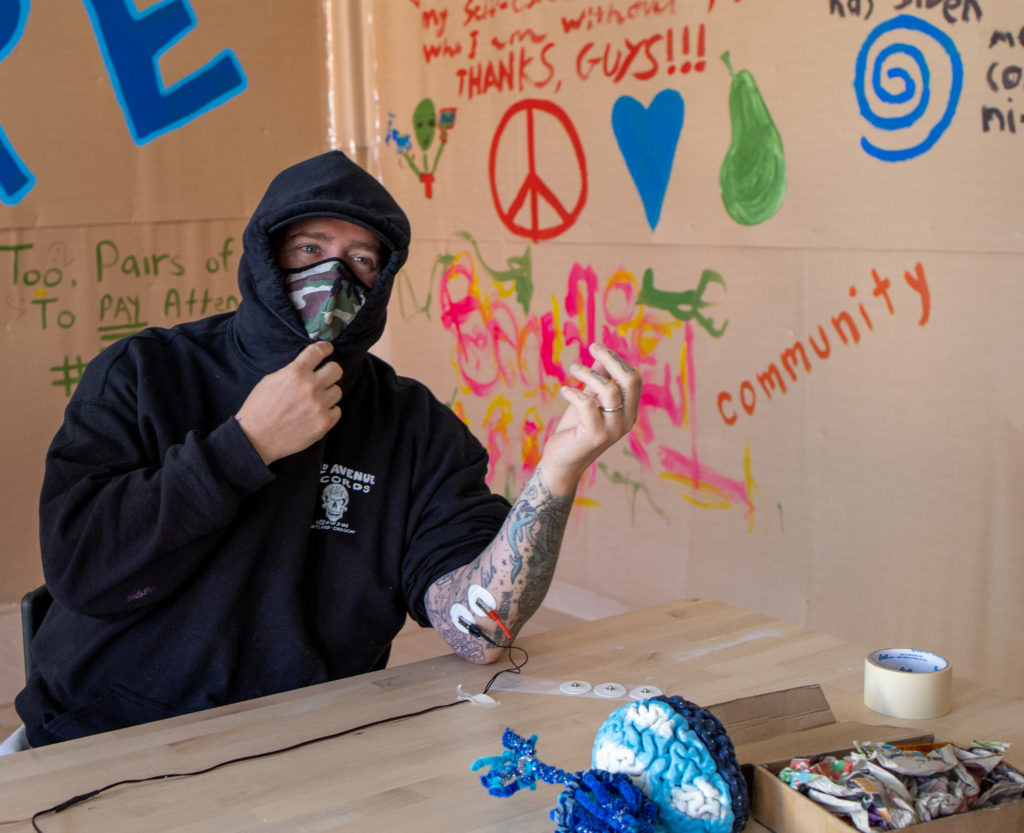

From Aaron: “Research shows that people experiencing lower socioeconomic status (“S.E.S.”) tend to be at a higher risk for developing health conditions, especially related to cardiovascular health. And while these health disparities are well known, it’s not been entirely clear to some why these disparities exist. A recent theoretical framework suggests that early life stressors may amplify the effects of environmental factors (e.g., air pollution) on cardiovascular health. Early life stressors are likely affected by social disparities, leading to a reduced resiliency to stressors later on in life.”
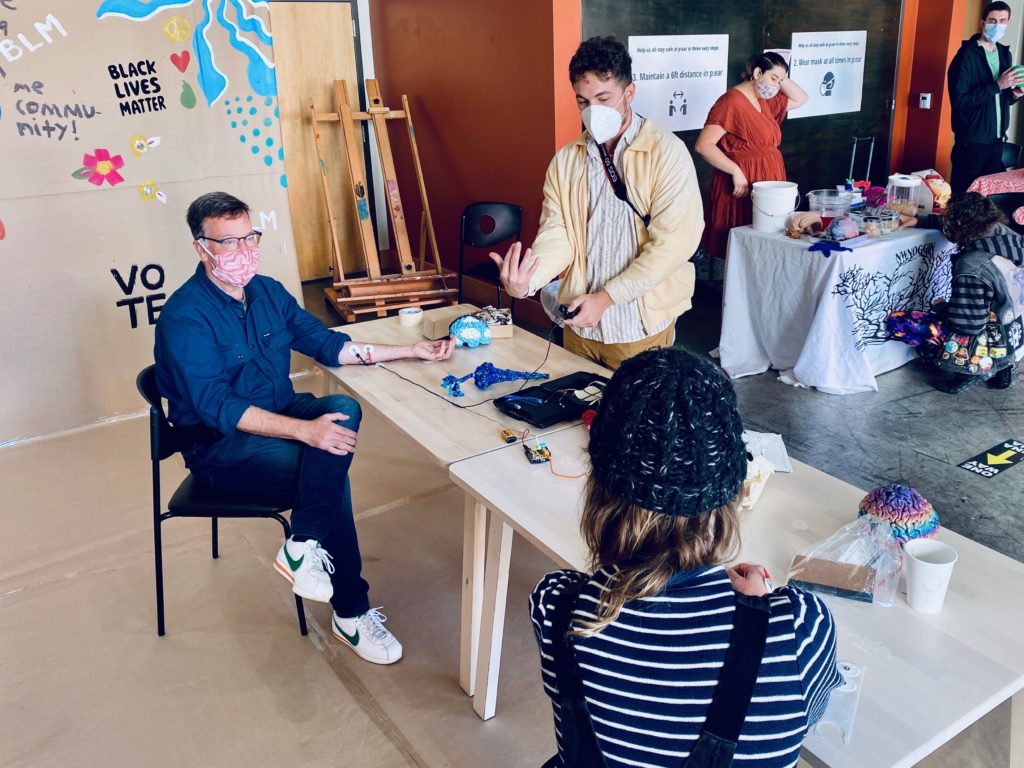
LEARN MORE: Measurement of socioeconomic status in health disparities research
LEARN MORE: Socioeconomic status, health inequalities and non-communicable diseases: a systematic review
LEARN MORE: Effects of Socioeconomic Status on Physical and Psychological Health: Lifestyle as a Mediator
LEARN MORE: Structural racism, economic opportunity and racial health disparities: Evidence from U.S. counties
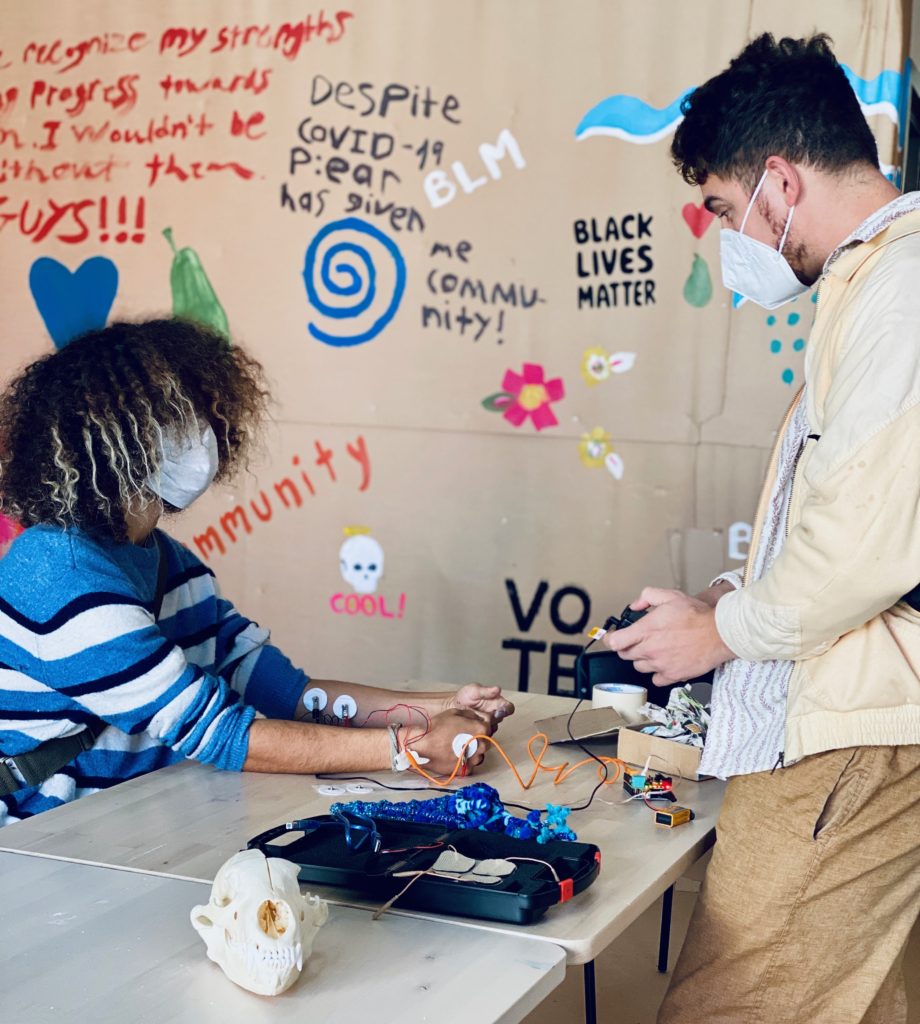
LEARN MORE: Brain Hacking is Electric!
We explored the electrical nature of information flow in nerves and muscles, held more real brains and 3D prints, and discussed the thoughts, ideas, memories, stories and topics that filtered out through our own unique noggins.
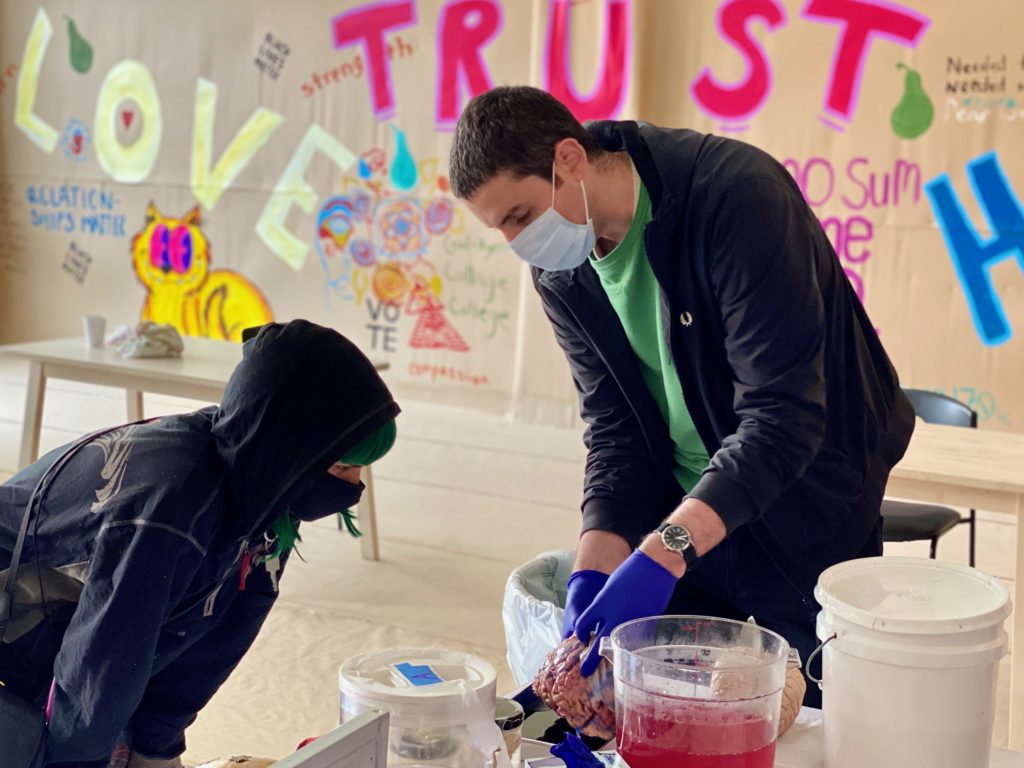
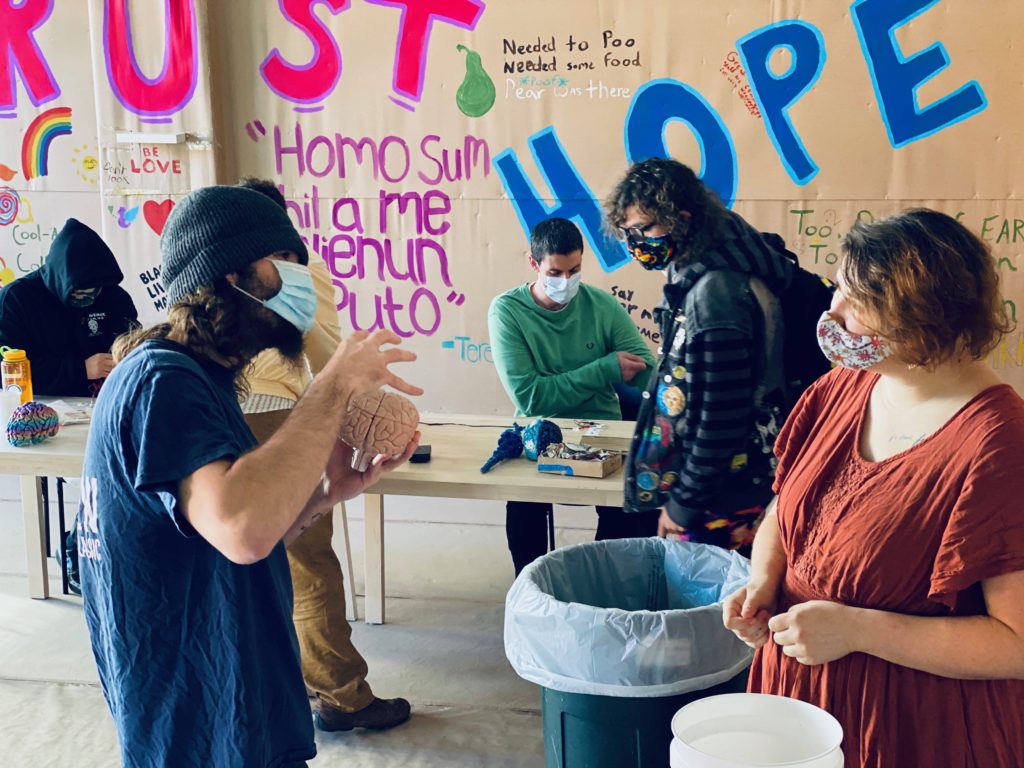

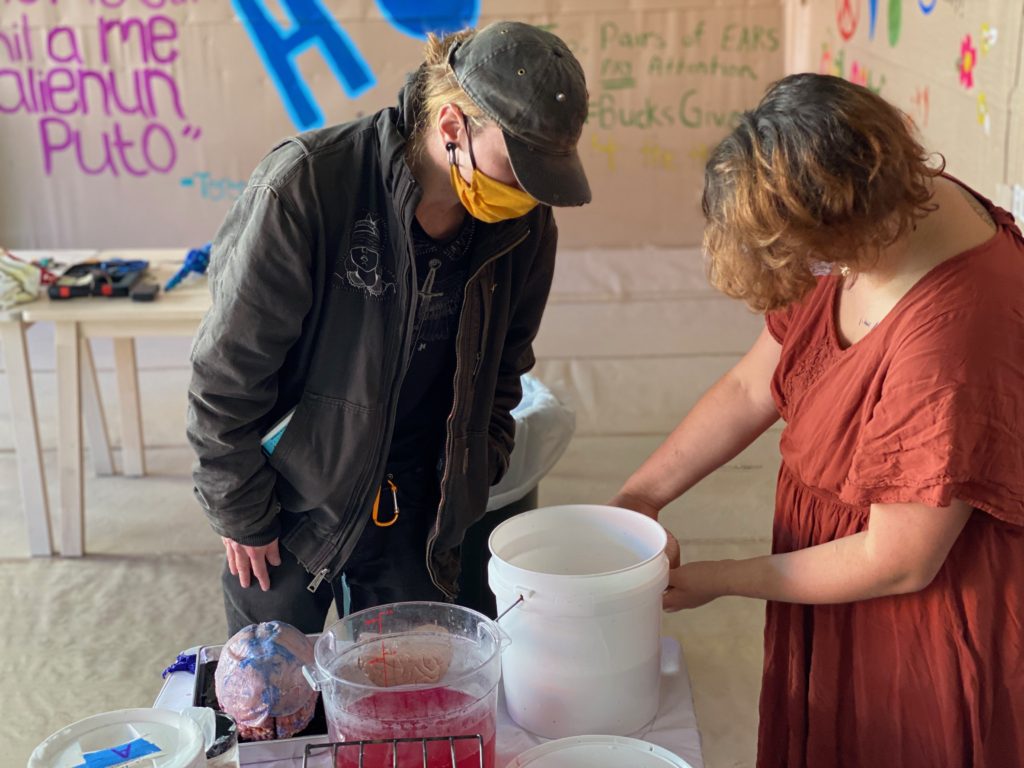

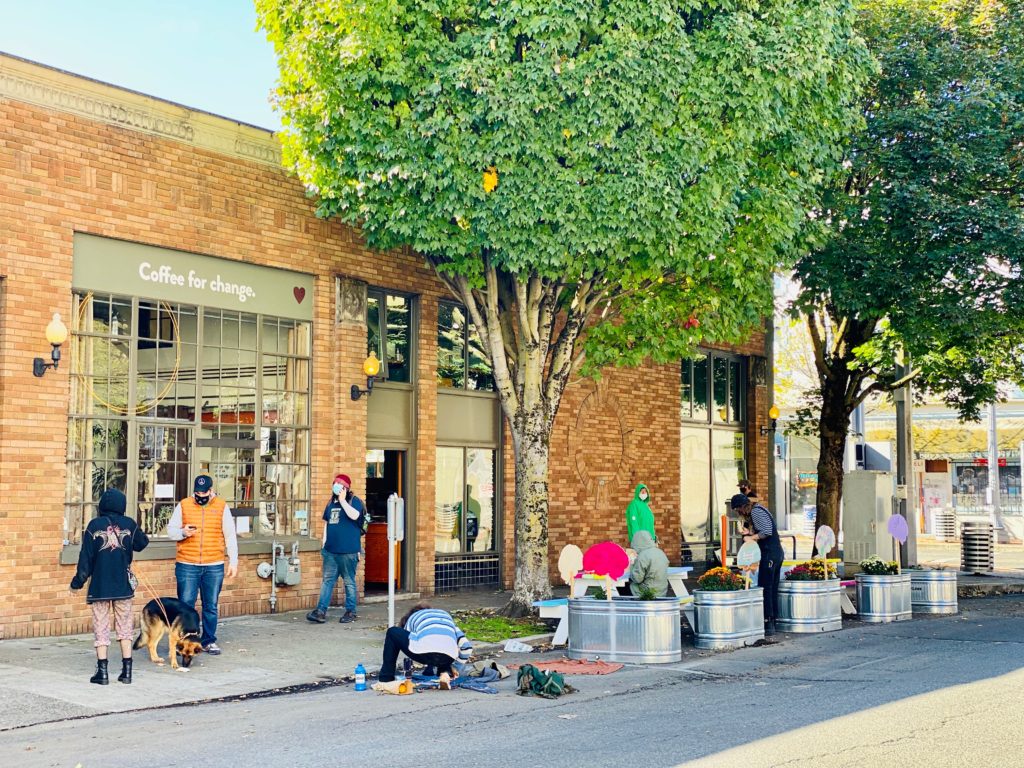
And the garden grew
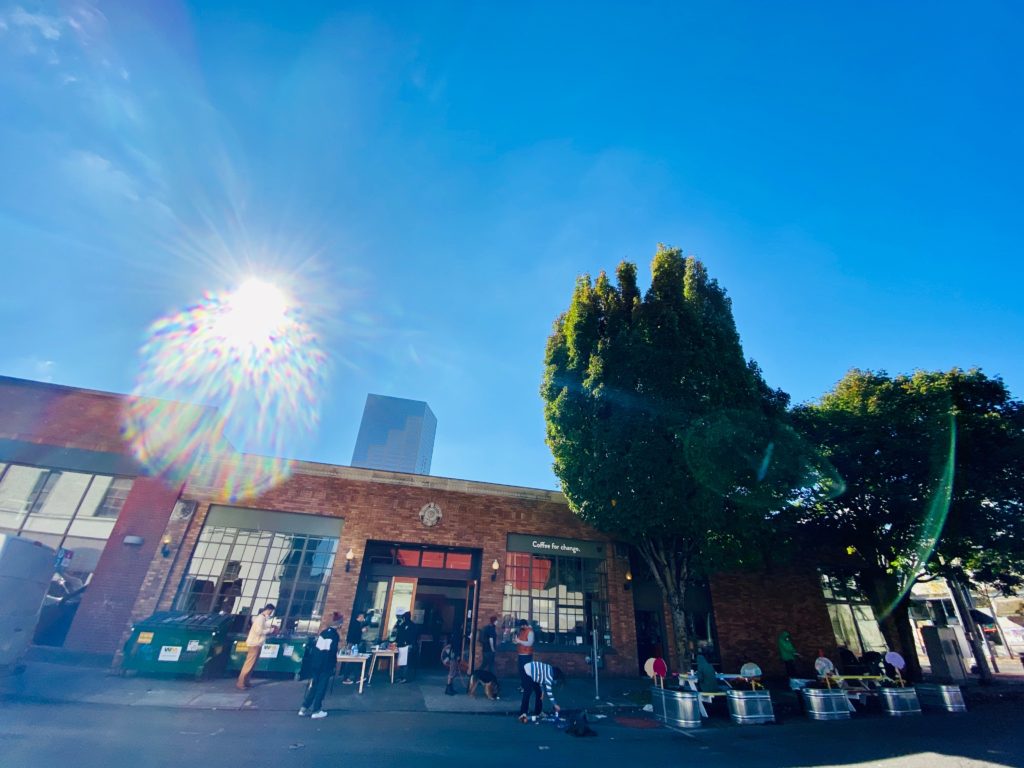
From Michael Fleming at OHSU: “Great meeting you and working with everyone today. I just can’t say enough about how cool the concept of NW Noggin is to me, as someone who really loves both brains and art. I believe that the crossover between them is inherent and self-evident – people just need to use their museum eyes to look at brains, and their scientific/clinical eyes to look at art – but the way you make it tactile and colorful and get kids involved is just awesome. You can really see the curiosity and fascination happening, and you never know where that might lead – if even one kid latches onto it and falls in love with the brain like I did, it’s a huge success. You might have inspired a future neuroscience PhD, or neuroradiologist, or fine artist who explores neuroscientific territory. The more people we have in the world celebrating the brain, the better!”
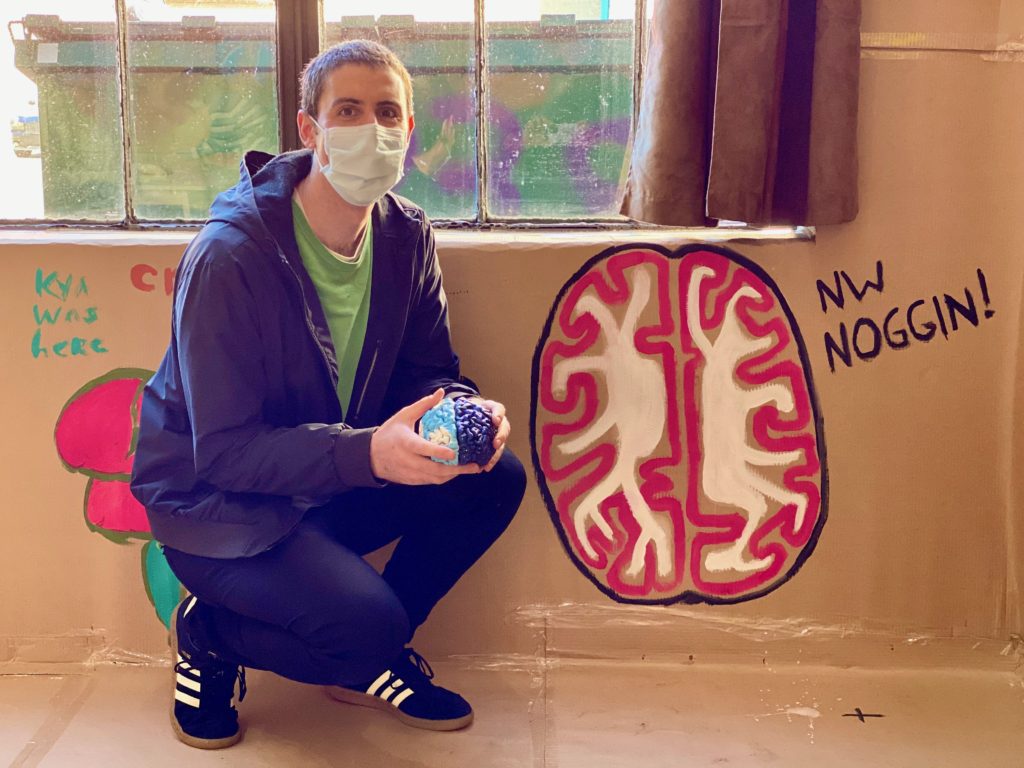
HUGE thanks to all our extraordinary, community engaged volunteers, and the inspiring young people and staff at p:ear! We are honored to be your 2020 Partner of the Year!










